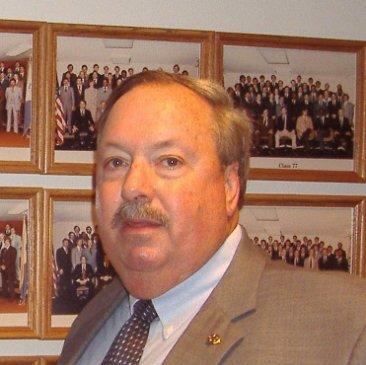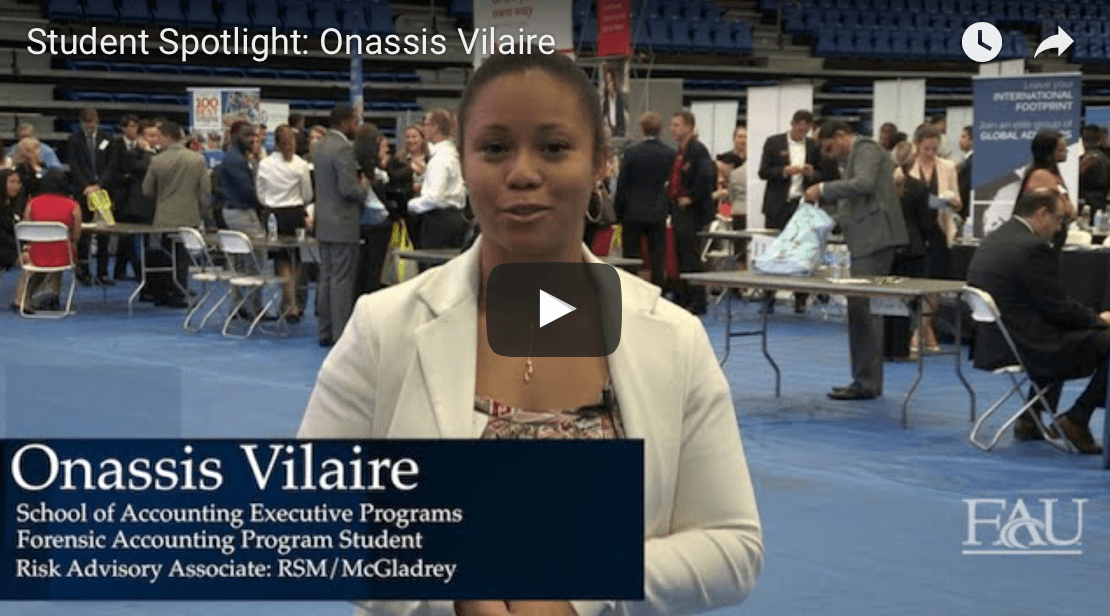Last Thursday, April 14th, 2016, the Securities and Exchange Commission filed federal civil fraud charges in Miami against two individuals and several companies who had gathered more than $350 million from hundreds of foreign investors as part of the U.S. government’s EB-5 visa immigrant investor program. The investment funds were to be used to develop ski resort facilities and a biomedical research facility in Vermont. Each foreign person invested $500,000 into one of several partnerships to develop the facilities. Investors expected an economic return and a chance to get a U.S. green card if the project was successful. SEC conducted an investigation and alleges the monies worked in a Ponzi-like fashion. Along with the federal charges, a receiver has been appointed to control any further spending of the assets.
In the SEC’s press release, Andrew Ceresney, Director of the SEC’s Division of Enforcement explains “the alleged fraud ran the gamut from false statements to deceptive financial transactions to outright theft…the defendants diverted millions of EB-5 investor dollars to their own pockets, leaving little money for construction of the research facility investors were told would be built and thereby putting the investors’ funds and their immigration petitions in jeopardy.”
Ariel Quiros (of Miami) and William Stenger (of Newport, VT) are charged with making false statements and failing to disclose important information to investors who were told their investments in the Jay Peak ski resort operated by Quiros and Stenger would finance a particular project within the overall development. However, over $200 million was allegedly used for purposes other than those originally stated to the investors according to the SEC. Quiros used $50 million for personal expenses including a luxury condominium, payment of his personal income taxes, and for other expenditures never disclosed to the investors including the purchase of another ski resort.
SOAEP’s Dr. Mike Crain had an investigative role in part of this activity unrelated to the SEC investigation. He observed financial transactions like those described in the SEC complaint.






